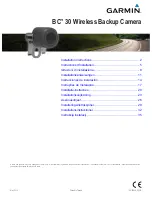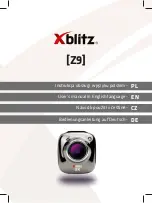
V1.02
Thom Hogan’s Complete Guide to the Nikon D300
Page 690
second apart would be virtually the same, unless they’re still
warming up).
Fluorescent lights are neither heat-produced nor color stable.
Fluorescent light is produced by periodically striking an
ultraviolet arc. The arc is on for about 2 milliseconds, then
decays for 2 to 3 milliseconds, then is completely off for 3 to
4 milliseconds; this pattern repeats approximately 120 times a
second (in the US; 100 times a second in the UK and Europe,
or double the AC frequency). The arc, in turn, excites colored
phosphors within the tube, which are what actually emit the
visible light. Unfortunately, red, blue, and green phosphors
react in differing fashions to the triggering arc. Green
phosphors, for example, tend to react quicker and decay
slower in reaction to UV triggers, while red phosphors are
slow to react and decay quickly.
If you take photographs with shutter speeds faster than 1/125
either early or late in a fluorescent light’s cycle, your images
show an additional color cast, usually green. If you take
photographs at shutter speeds faster than 1/125 midway
through a fluorescent light’s cycle, resulting pictures tend to
get an additional magenta cast. That’s in addition to any
overall cast the tube may have (again, fluorescent color
balances vary from manufacturer to manufacturer). Thus,
there are two rules to follow when shooting under fluorescent
light with a D300:
• Use either the specific fluorescent setting that matches the
markings on the lights or a
Preset manual
white balance
.
If you shoot under the same lighting all the time, shoot a
Macbeth Color Checker chart under the lighting using all
variants for the fluorescent white balances (perhaps even
with some Front Command dial modification), then
examine the neutral gray patches for color casts; if one of
the variants has little or no color cast, use that white
balance setting in the future.















































